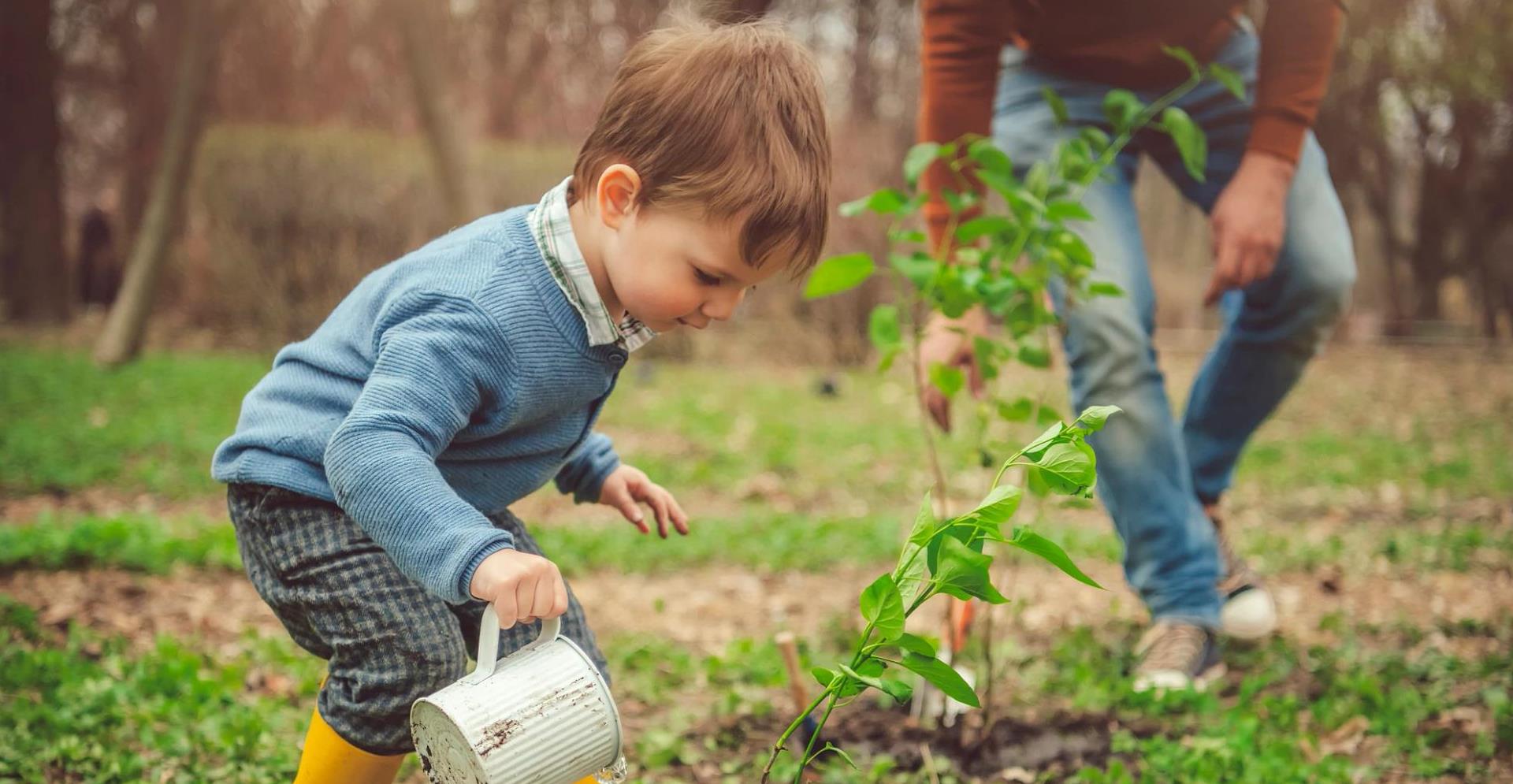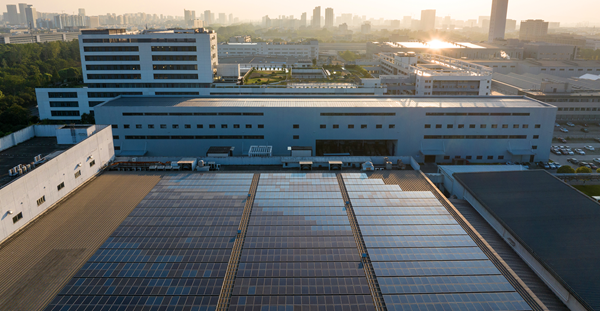It’s a dynamic time for the environmental restoration industry, with a projected worldwide growth of USD 158.8 billion by 2026, up from USD 104.6 billion in 2021. New technologies are emerging, environmental initiatives and concerns are racing up government agendas and the pressure of an aging population coupled with the escalating effects of climate change only adds to the urgency. But what characterizes this growth and what changes can we expect to see in the restoration industry over the coming years? We examine some key trends.
So how far has the industry come today?
In the 1960s, land remediation was typically focused on waste removal. The industry expanded over the years to consider more intensive treatment processes, but it’s only been in the last 20 years that more sustainable and resilient restoration methods have truly come to the fore. “Our slogans today are ‘biodegrade’, ‘transform’ and ‘recycle,” shares Jessica Gattenby, Principal Environmental Engineer at Arcadis. “We need to ensure that sustainability is being integrated as a core part of any site evaluation, remediation and subsequent development plan. And that means thinking about remediation as part of a wider, interdependent ecosystem, and the positive or negative impacts it may have on the environment.”
This holistic, systems-based approach is integral to how the remediation industry will continue to evolve toward greener restoration. Jessica brings this idea to life with a real-world example. “We’re not just treating groundwater and then discharging it into sewage systems. Instead, we’re looking at how that treated groundwater could be used in cooling towers or process water. And we’re looking at the impact on the local community and how we can simultaneously create benefits for local people. For example, rather than covering impacted soils with asphalt, we can treat these soils onsite and reuse the treated soil to create open spaces for community access or to support biodiversity and the reintroduction of native species.”
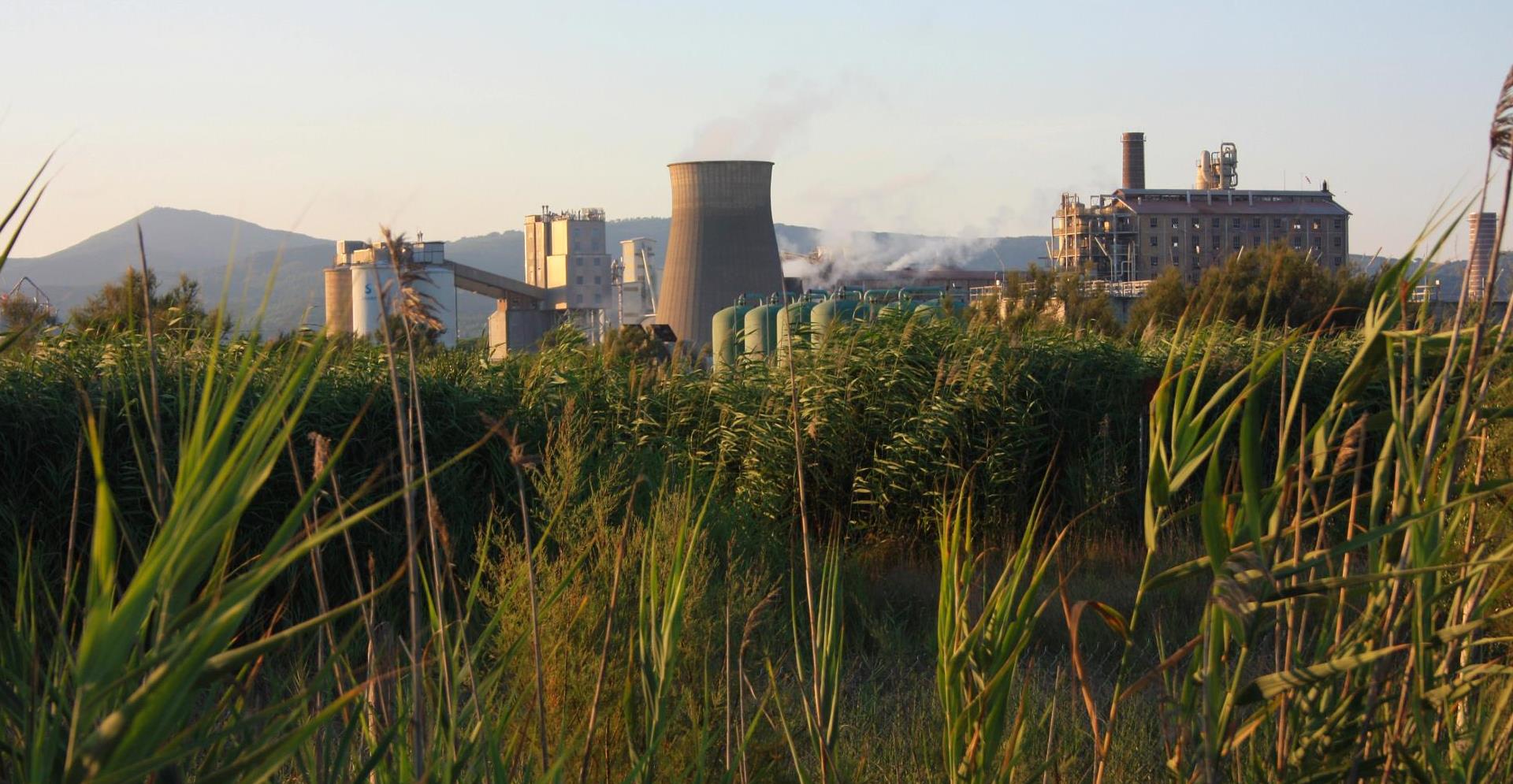
Role of multinationals
Taking a holistic approach to sustainable remediation is even more important when you consider that different countries are at different stages in their remediation journey, and that the businesses operating in those countries are bound by different levels of compliance. But if there is no one-size-fits-all solution, where does this leave multinational corporations (MNCs) operating in multiple locations?
Karen Van Geert, who leads Arcadis’ environmental restoration department in Belgium, acknowledges that even in her country, for example, there are noticeable regional differences.

There is a cost consideration as well. Nature-based solutions are particularly sensitive to energy usage, and with limited resources, this presents an additional challenge that must be addressed. One potential approach is to apply solutions that tackle multiple issues.
As Jessica goes on to explain, “MNCs really understand the benefits of land management. And this in turn feeds into the development of a wider, holistic approach. For example, if they are already having to manage stormwater on site, could we also add some vegetation to help mitigate water runoff? And can solutions created for difficult sites with energy, resource and access challenges be applied across other sites, resulting in more beneficial management?”
Multinational corporations are uniquely positioned to drive global change by identifying solutions that not only address multiple challenges but also help in meeting wider corporate sustainability and ESG targets.
Clients see holistic remediation as a moral as well as business obligation

The community factor is an excellent example of shifting the way we think about remediation to more holistic patterns of restoration. Truly sustainable remediation strategies should integrate both social and economic sustainability components along with environmental analysis, and this naturally leads to the concept of environmental justice. Many disadvantaged communities are also those most burdened by pollution, so it’s important that we focus on drawing local populations into the conversation in a way that makes remediation more beneficial for all stakeholders.
Innovative tools and technologies are key. Arcadis’ Green Metrics Analytics tool, for example, calculates the carbon emission equivalent generated in each phase of a project, with the results then visualized in an interactive dashboard so that gaps and opportunities for more sustainable alternatives can be identified. These insights can be used to drive a strategy that simultaneously helps limit environmental impacts and maximizes the social and economic benefits of any remediation program.
The role of research and technological next steps
The remediation market is ever-evolving and, even in the most mature markets, more can be done.

One such contaminant is PFAS, or per- and polyfluoroalkyl substances. These are a widely used group of chemicals that do not break down in the environment and are therefore difficult to treat, meaning they are one of the biggest remediation challenges of today.
PFAS and other emerging contaminants are a big issue, as it takes time to understand their impact on the environment and human health, as well as the best ways to contain or treat them to minimize future harm.
Research is essential if we are to move forward with confidence. In the U.S., we collaborate with the Environmental Security Technology Certification Program (ESTCP), a research agency under the Department of Defense. ESTCP is engaged in various studies aimed at demonstrating promising technologies and optimizing remediation approaches.
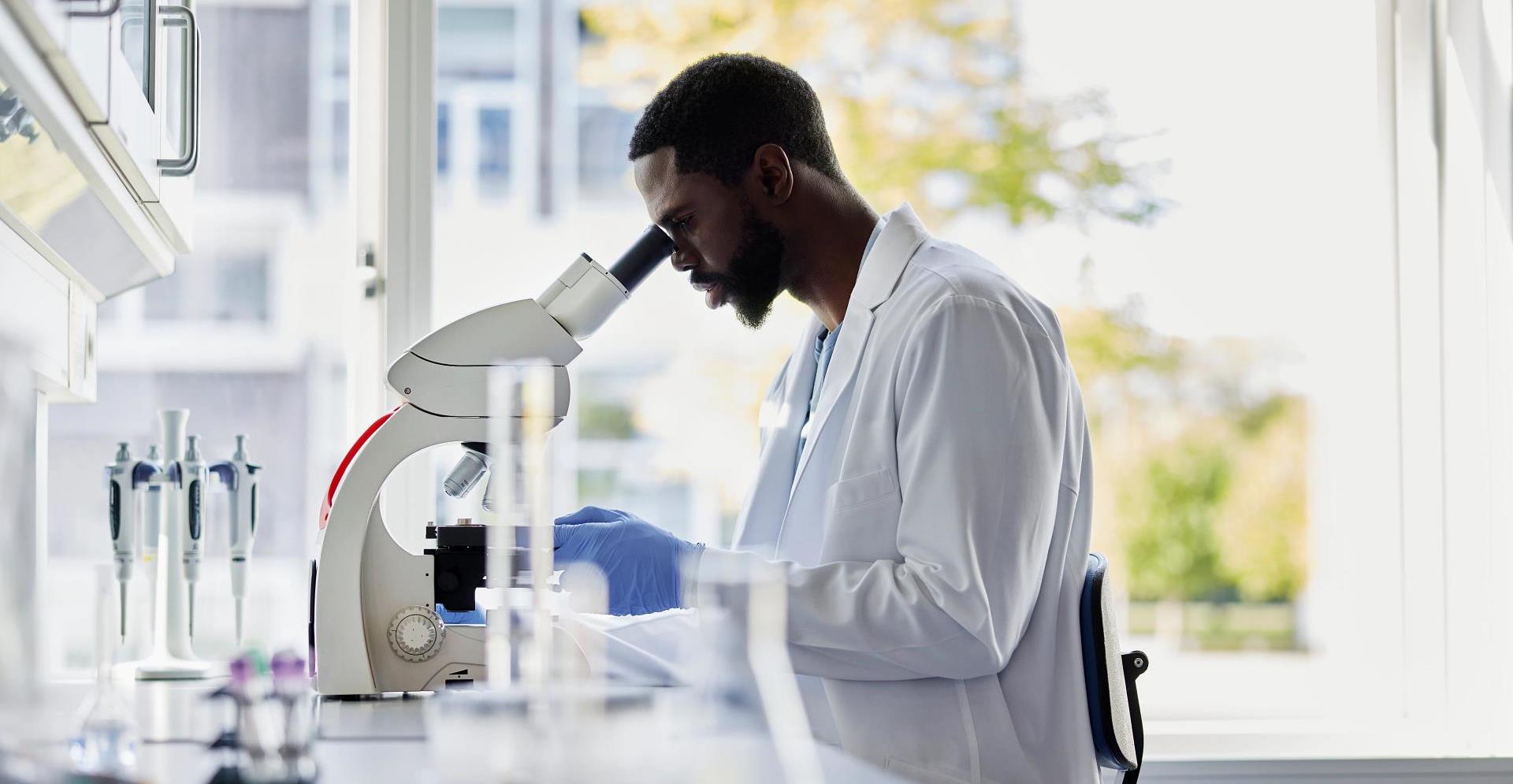
But PFAS is just one of several focus areas. It takes much energy to create these compounds, so it can take much energy to destroy them. Therefore, a primary concern for Arcadis’ PFAS remediation is how we can help clients minimize the volume of these chemicals before they are even removed from the site for high-temperature/high-cost incineration, or before they take up space in a landfill. We do this by applying waste concentration technologies like fractionation, and by deploying alternatives to offsite incineration, such as innovative onsite, small-batch destruction technologies.
For other contaminants, Tessa also notes an increasing commitment to finding less invasive technologies, many of which work by speeding up natural processes already occurring in the soil to break down pollutants.
One such example is Thermal In-Situ Sustainable Remediation (TISR). The system, created by an Arcadis team, heats up fluid using solar panels at the surface, then recirculates it through deep boreholes that are strategically placed to target the contaminant. The heat speeds up natural contaminant breakdown, shortening treatment cycles by years in some cases.
What’s more, the system uses very little energy and is movable and reusable. It can also be used to capture waste heat from a factory or active remediation system and redirect the heat into the ground where it can be used to increase remedial efficiency and shorten project lifecycles, with no new net energy requirement.
The impact of digital innovation

The last few years have witnessed a surge in the use of digital tools to improve efficiency, facilitate remote or automatic sampling and track data in real time. These innovative tools can tackle major challenges facing the industry, from addressing emerging contaminants and the increasing scale of pollution, to intensifying scrutiny and rapidly evolving regulations.
Sensors and the Internet of Things (IoT) have revolutionized environmental data collection, removing the need for site visits and increasing the quantities of gathered information. This data is seamlessly fed to a central dashboard or database—accessible to all stakeholders— enabling faster decisions about any modifications to be made. In many cases, this approach allows for more efficient and less costly management of a site, or a portfolio of sites, and can also minimize the time our staff has to spend on site, thereby lowering the month over month operation and maintenance costs associated with restoration.
Immersive technologies such as virtual reality (VR), augmented reality (AR) and assisted reality, are enhancing collaboration by allowing virtual meetings between multiple parties with the same advantages of being on site—but with participants potentially scattered across the globe. AR also enhances onsite meetings by blending the real-life environment with digital information. In fact, back in 2016, Arcadis was the first to develop an AR environment for a project in the remediation industry.
Another piece of the puzzle is the use of digital twins. The explosion of readily available quality data has brought the challenge of collating, storing, analyzing and sharing it to exploit its full potential. Digital twins are a powerful way to harmonize multiple streams of data and draw faster insight. They can blend BIM models, GIS information, photos, sensor inputs, databases and more, creating a cohesive, user-friendly, single interface.
A greener future has remediation built in
There’s much to be excited about in the environmental restoration industry—both for advanced markets, and those taking their first steps. As new contaminants emerge, the challenges continuously evolve, demanding that we maintain momentum. It’s essential to embrace nature-positive solutions and digital innovations that are already transforming the industry, embedding resilience into sustainable environmental remediation projects in a way that offers multiple benefits to the local community. To ensure long-term success, we must commit to integrating sustainability across entire remediation operations and invest in our planet for the future.
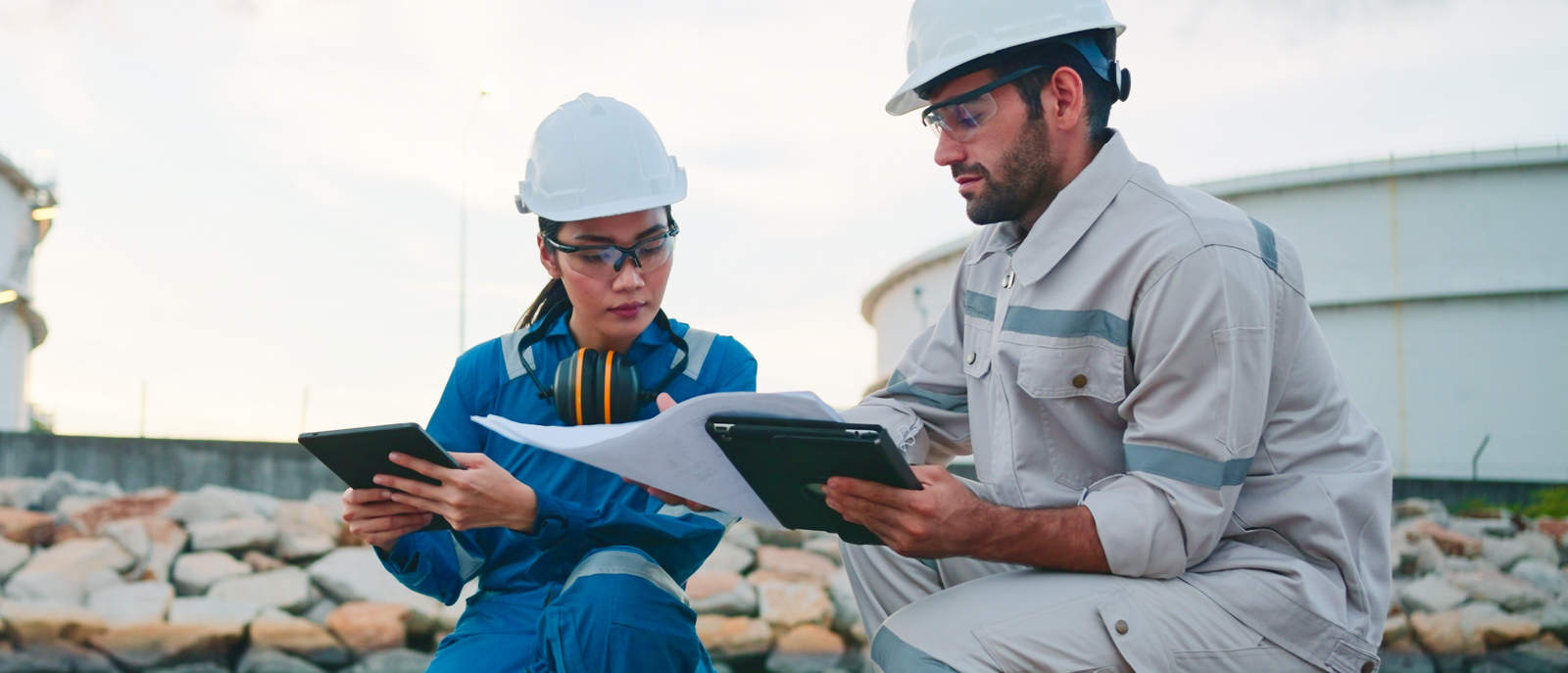
Get trusted advice on PFAS management
Our specialists can help you navigate regulatory complexities, mitigate risks and implement sustainable remediation strategies that are tailored to your operational needs. Get in touch with us today, and we will connect you with our team.
